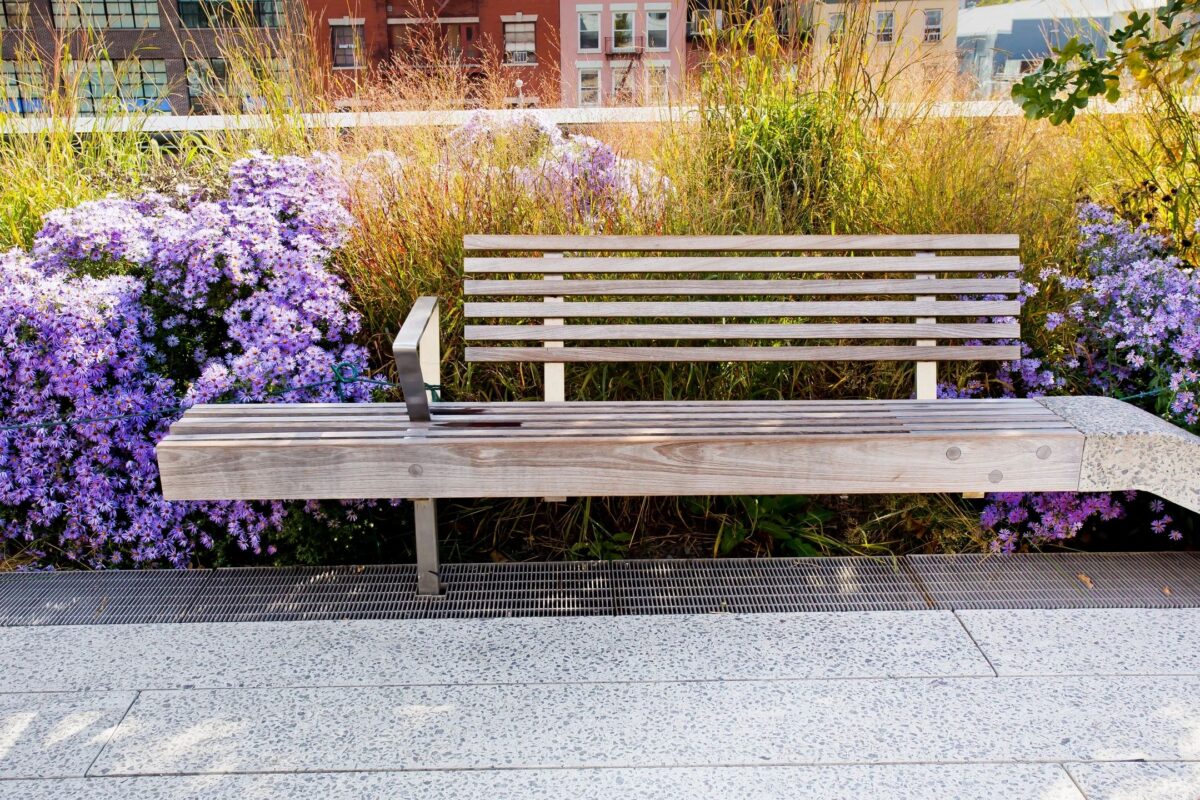The Covid-19 pandemic has exposed the scale of rough sleeping across the UK, particularly in London, and the crisis continues to create more street homelessness. But it also creates an opportunity to end it.
The government’s letter to local authorities on 26th March telling them that they needed to tackle rough sleeping by getting “Everyone In” by the end of the week was, at best, not backed up with adequate resources. At worst, it betrayed a real lack of understanding of how entrenched homelessness is in London and how many people with only precarious housing have been pushed into street homelessness as a result of the current crisis.
Rough sleeping didn’t start with Covid-19. On the government’s own figures, street homelessness in England spiralled from 1768 people in Autumn 2010 to 4677 people in Autumn 2018. The cap on local housing allowance that meant some areas had quite literally no private rented homes available to those claiming housing benefit didn’t help. Plus, many rough sleepers have been denied the help they need up to now because they were No Recourse to Public Funds (NRPF) due to their immigration status.
Even in the current lockdown, homeless outreach teams in London are still reporting new arrivals to the street. The reasons are numerous and complex, but it exposes how many people in the capital live in unstable accommodation. The Magpie Project has reported an increase in mothers and children who were previously “sofa-surfing” becoming homeless. Moving between different sets of friends on different nights is not easy under the current lockdown, neither is staying in a dormitory room in a backpackers’ hostel. Those with NRPF status or fleeing domestic abuse are often reluctant to seek help and may choose to remain hidden.
Huge efforts have been made by the GLA and local authorities to get everyone into safe accommodation. The immense talent and energy of the voluntary, community and grassroots sector has been invaluable. In their recent submission to the Housing, Communities and Local Government Select Committee’s Inquiry into the Impact of Covid-19 on homelessness and the private rented sector, the Museum of Homelessness comment that “The explosion of mutual aid groups has shown there is significant public appetite to help the most vulnerable and the Government should take note of this. The crisis has brought the deep inequalities in the UK to broader public attention.” In Islington, a covid-19 homelessness taskforce works out of a council community centre preparing and distributing food to the borough’s homeless residents currently in temporary accommodation.
But little has been said up to now about medium or long term plans to help people into secure accommodation when the current crisis ends. The immediate need is to ensure that everyone currently placed in emergency accommodation has an ongoing offer of support including permanent housing options. The long-term strategy also needs to recognise that there is a continuing flow of people being made street homeless by the current crisis and all recently set up emergency options need to stay open.
On 2nd May we heard about a new government taskforce to work with councils “to ensure rough sleepers can move into long-term, safe accommodation once the immediate crisis is over…” But now it has also emerged that government funding for the “Everyone In” policy is to end. What measures will this new taskforce put in place and will it actually address the two key issues – a lack of stable long term funding for local authorities and a lack of genuinely affordable homes?
A national Housing First programme would make for an effective long-term strategy. Born in New York in the 1990s and rolled out nationwide in Finland, Housing First offers an unconditional home to vulnerable rough sleepers together with a package of wrap-around support. Amsterdam’s Housing First service reported in 2013 that 97% of the high needs homeless people who were using it were still in their homes after 12 months. Copenhagen’s programme had a 94% success rate. Canada’s At Home/Chez Soi project found that over two years Housing First participants “achieved significantly greater housing stability, quality of life, and community functioning…” than those on more traditional housing and treatment pathways. It’s also something that we’ve piloted in Islington with five of our own council homes. But for Housing First to work, we first need enough genuinely affordable homes.
What’s more, the government’s flagship First Homes policy suggests that homes for sale discounted by up to £100k will be built through s106 planning agreements, a mechanism that is normally used in London to ensure that social housing is built. Any policy that requires planning agreements to include discounted homes for sale will mean fewer new homes for social rent, and, ultimately, lead to more homelessness.
Lubetkin, the architect responsible for Islington’s Spa Green Estate and Bevin Court, summed up the spirit of post-war council home building with his maxim that “nothing is too good for ordinary people.” Could a national Housing First programme combined with a national building programme of genuinely affordable homes become the 2020 incarnation of this dream? The work done so far presents the opportunity to end homelessness for good, we shouldn’t waste it.


One reply on “The current crisis presents us with an opportunity to end homelessness for good”
I live in the North of Kensington (not the rich part) and having worked in local authorities I am aware of the thousands of empty properties that have been purchased just for investment purposes. This happens not just in my borough but across this city. In some of the countries in Europe it is illegal to leave homes empty after a short period. I am incensed that we allow homes to remain unoccupied because a rich overseas investor wants to make more money. This is now coming to the publics attention only because of FOI